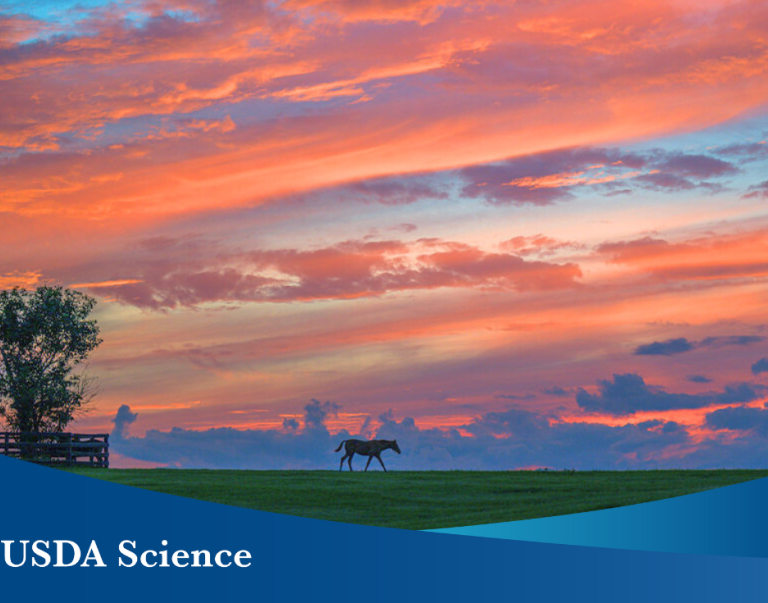(WASHINGTON, D.C., November 12, 2020) — Today, U.S. Department of Agriculture (USDA) Secretary Sonny Perdue and Environmental Protection Agency (EPA) Administrator Andrew Wheeler announced the addition of Meijer, an American supercenter chain throughout the Midwest, and UNFI, a North America Food wholesaler, to the U.S. Food Loss and Waste 2030 Champions. Champions are U.S. businesses and organizations that pledge to reduce food loss and waste in their own operations by 50 percent by the year 2030. The commitment and action of these businesses will help the U.S. move closer to the national goal, protect and save valuable resources, and improve food system efficiencies while reducing waste.
“Businesses are leaders in innovation, and we applaud Meijer and UNFI for taking a leadership role in reducing food loss and waste,” said U.S. Secretary of Agriculture Sonny Perdue. “We encourage more manufacturers, grocers, restaurants, and other businesses to become U.S. Food Loss and Waste 2030 Champions.”
“Unfortunately, most of America’s current daily waste is in fact wasted food,” said EPA Administrator Andrew Wheeler. “We welcome Meijer and UNFI to our Food Loss and Waste 2030 Champions program. Their efforts and leadership will help us reach our national goal of reducing food loss and waste by 50 percent by 2030.”
“With millions of American families struggling every day to access sufficient, nutritious food, it is simply unacceptable that so much is wasted. We recognize the importance of collaboration as we work to address this challenge and are thrilled to join the U.S. Food Loss and Waste 2030 Champions to share best practices with others in our industry. As a critical link in the food supply, UNFI is committed to digging in to help find solutions,” said UNFI Director of Sustainability and Social Impact Alisha Real.
Meijer and UNFI join the impressive list of existing 2030 Champions, which includes: Ahold Delhaize, Amazon, Aramark, Blue Apron, Bon Appetit, Browns Superstores, Campbells, Compass Group, ConAgra, Farmstead, General Mills, Giant Eagle, Hello Fresh, Hilton, Kellogg’s, Kroger, Las Vegas Sands, Marley Spoon, MGM Resorts, Mom’s Organic Market, Pepsico, Sodexo, Sprouts, The Wendy’s Company, Unilever, Walmart, Walt Disney World, Wegmans, Weis, Whitsons, and Yum! Brands.
Ongoing Federal Food Waste Reduction Efforts
USDA has taken significant steps to highlight the need to reduce food waste nationally. In October 2018, USDA, EPA, and the U.S. Food and Drug Administration (FDA) signed a formal agreement to align efforts across the federal government to educate consumers, engage stakeholders, and develop and evaluate solutions to food loss and waste. Earlier this year, the agencies updated the federal interagency strategy by listing contributing efforts in each of the priority action areas:
- Priority Area 1: Enhance Interagency Coordination
- Priority Area 2: Increase Consumer Education and Outreach Efforts
- Priority Area 3: Improve Coordination and Guidance on Food Loss and Waste Measurement
- Priority Area 4: Clarify and Communicate Information on Food Safety, Food Date Labels, and Food Donations
- Priority Area 5: Collaborate with Private Industry to Reduce Food Loss and Waste Across the Supply Chain
- Priority Area 6: Encourage Food Waste Reduction by Federal Agencies in their Respective Facilities
For more information on agency efforts contributing to the Winning on Reducing Food Waste Initiative, visit:
www.epa.gov/sustainable-management-food
www.usda.gov/foodlossandwaste
www.fda.gov/food/consumers/food-loss-and-waste
Background
Meeting the national goal of cutting food waste in half by 2030 will take a sustained commitment from everyone. Success requires action from the entire food system including the food industry, and the U.S. 2030 Food Loss and Waste Champions group can help lead the way.
Facts About Food Waste
- The most recent available EPA data estimate that in 2017 more food (over 75 billion pounds) reached landfills and combustion facilities than any other material in everyday trash, constituting 22 percent of discarded municipal solid waste.
- Landfills are the third largest source of human-related methane emissions in the United States.
- Food waste not only impacts landfill space and emissions, it negatively impacts the economy. USDA estimates the value of food loss and waste for retailers and consumers each year to be over $161 billion.
- Wasted food also results in unnecessary expenditures of U.S. domestic energy resources. Every time food is lost or wasted, all of the energy that went into producing that food is also wasted.
How to Join the Food Waste Reduction Efforts
Details on becoming a U.S. Food Loss and Waste 2030 Champion can be found at www.epa.gov/sustainable-management-food and www.usda.gov/foodlossandwaste/champions.
Businesses not in a position to make the 50 percent reduction commitment may be interested in participating in EPA’s Food Recovery Challenge: www.epa.gov/sustainable-management-food/food-recovery-challenge-frc.
State, local, tribal and territorial governments interested in making a commitment to food waste reduction can sign the Winning on Reducing Food Waste pledge.
#
USDA is an equal opportunity provider, employer and lender.


